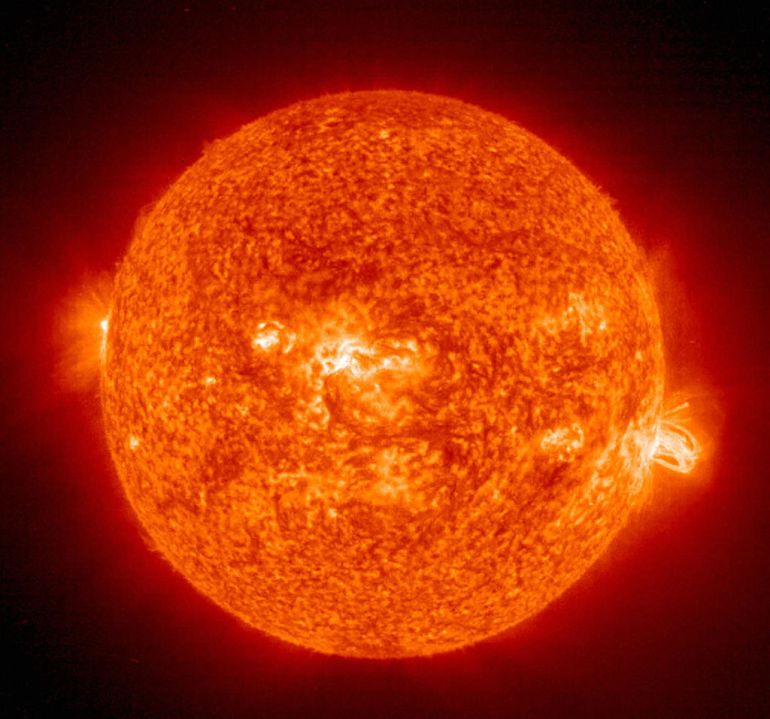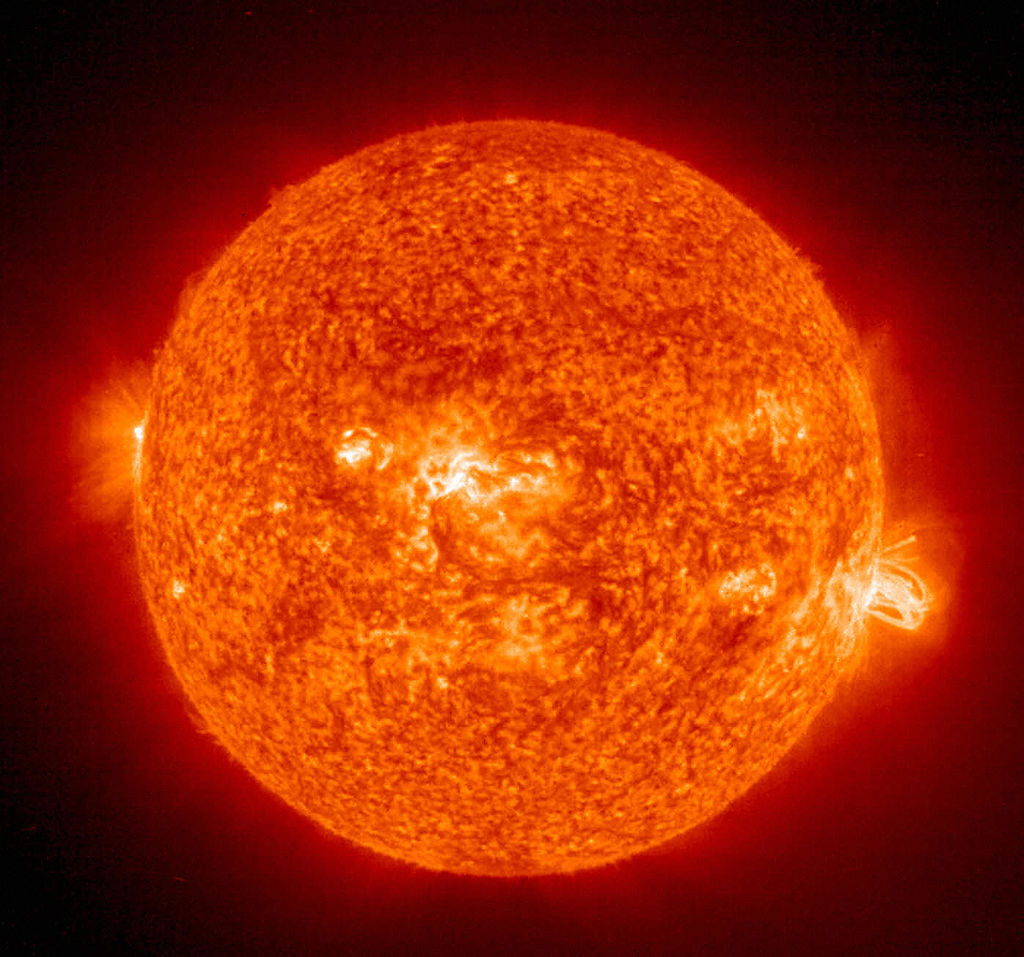Amidst the drama of Dominic Cummings’s appearance in front of MPs last week, perhaps the most important thing the PM’s former adviser said was almost entirely ignored. As well as slating his former boss, Cummings criticised the UK’s disaster planning. The pandemic has shifted attention to how Britain would deal in the future with another respiratory virus, but arguably a bigger threat to this country – and, indeed, the world – has been forgotten. When it comes to dealing with solar flares, Cummings’s said, ‘the current Government plan is completely hopeless. If that happens then we’re all going to be in a worse situation than Covid’.
Cummings is right to be worried: the worst effects of a solar superstorm – caused by extremely hot gas flying into space – are very bad indeed. A sudden flash of X-rays would hit the earth, and satellites could be taken down. Vital communications lines would be severed, causing chaos for financial markets, and wiping out mobile phone networks. Key defence systems would also probably fail.
The ‘big one’ in space weather circles occurred in 1859 when Richard Carrington, an amateur British astronomer, noticed an unusually large pattern of spots on the face of the Sun. Shortly after 11am on 1 September, he recorded in his diary that ‘two patches of intensely bright and white light broke out’.
The first we’d know of trouble coming our way would be a sudden flash of X-rays
What happened in 1859 was a combination of the solar flares which Carrington saw and enormous blasts of matter from the atmosphere of the Sun, the corona, which led to aurorae that lasted nearly two weeks. Telegraph systems were jammed around the world as a result of these ‘coronal mass ejections’, which often lead to wild disturbances in the Earth’s magnetic field. These, in turn, produce sharply changing electrical currents on Earth.
The solar storm that Carrington witnessed in 1859 was enormous. Our planet hasn’t experienced anything like it since, although smaller, damaging, storms do occur from time to time. The Royal Academy of Engineering estimates the risk of a solar superstorm as one-in-ten in any decade; the consequences of being hit by the next big one from the Sun are pretty nasty.
We would also have little time to respond effectively. Once the X-rays were picked up, within about twenty minutes satellites in orbit would start to feel the effect of a barrage of energised particles. In a bad solar storm some of these satellites would start to fail; others would send garbled messages back to Earth.
Solar observation satellites will notice the launch of the first coronal mass ejection but not the precise direction, speed, or magnetic field orientation. It would then be a waiting game to see when the giant blob of hot plasma reaches another solar observation satellite which sits at a point of neutral gravity between the Earth and the Sun. In the worst case that’s likely to be about fifteen hours later, but only fifteen minutes before the storm hits Earth. Only at that time do space weather scientists know whether the approaching storm will go harmlessly around the Earth’s magnetic field or fiercely interact with it.
A report published last year by the UK’s Rutherford Appleton Laboratory lists worst case effects in stark detail. These include lasting damage to power transformers; damage to satellites, including anything from premature ageing to complete loss; interruption to radio signals across a wide range of frequencies (including missile warning radars); and atmospheric heating which increases drag on satellites and space debris alike.
The days after the arrival of the solar storms are likely to be chaotic as we find out how many satellites have been lost and how many power transformers damaged. Satellite operators will struggle to get their satellites back into their correct orbits and avoid the space junk that has moved from its predicted paths.
The disruption to GPS satellites will be enormous. Increasingly we depend on these, not just for position and navigation, but also for the precise time signals which are used in high-frequency financial trading systems. Financial markets will become very volatile as liquidity dries up. Trillions of pounds of damage could be caused.
Remarkably, the British Government has never carried out a full rehearsal for what to do if there’s a solar superstorm. The level of complacency in the EU is even worse. There isn’t even any comfort to be derived from the eleven-year sunspot cycle as a guide to when we might be on the receiving end of a mighty blast from the Sun as solar storms can come at any time in the cycle.
The stark reality is that severe space weather poses a significant risk with the sort of short warning times not seen since the Cold War. Apart from the United States, the world is largely unprepared and unrehearsed for an event that we know will happen but we just don’t know when. Focus and a sense of urgency are needed. Forgot the drama about what Cummings thinks of Boris Johnson: this is serious.
Henry Dodds is CEO of the risk consulting firm Drayton Tyler






Comments